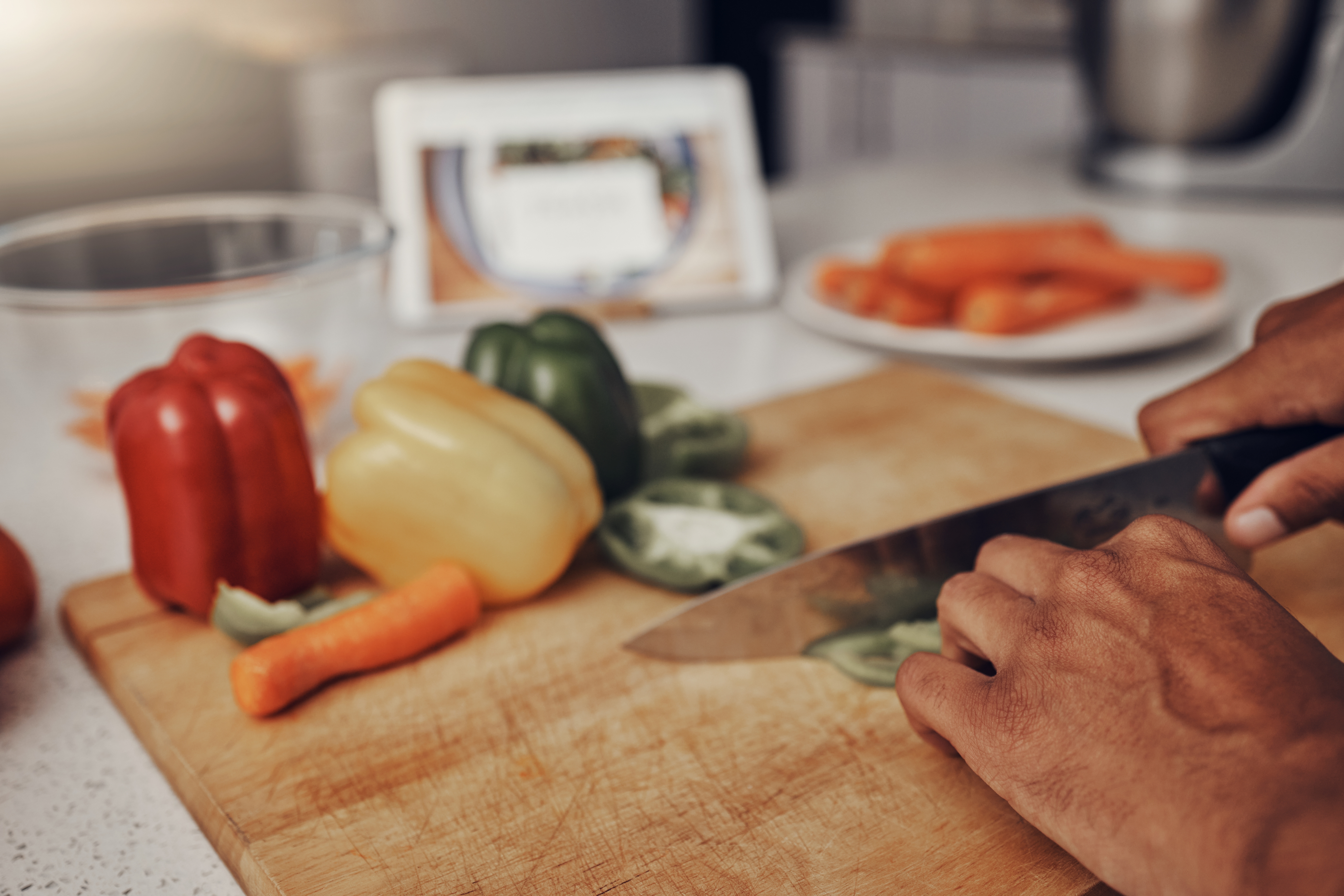If there’s one thing you’re more likely to reach for than anything else in your kitchen, it’s probably your cutting board. Whether you’re a casual cook or an expert chef, cutting boards constantly come in handy for slicing veggies, filleting meat, or even just assembling a sandwich. When shopping for a cutting board, it’s worth making sure you’re purchasing the best one–not only for style and durability, but for health reasons too.
While it might be difficult to discern the quality of your cutting board when shopping online, product protection can help. When you subscribe to Mulberry Unlimited, you can get coverage for all your online purchases under the same product protection plan. With unlimited claims and coverage, you don't have to worry about returning or replacing your purchases. If your old IKEA cutting board isn’t “cutting” it for you anymore, check out these tips for choosing the best cutting board:
How do I choose a chopping board properly?
First, let’s take a look at what to look for when choosing a cutting board. Although some aspects of your cutting board boil down to personal preference, others are more important. Here’s what to look for:
- Durability. When shopping for a cutting board, look for one that’s made to last. If you’re spending more than a few dollars on your new board, the last thing you’ll want is to have to replace it after only a few months.
- Knife-friendliness. Did you know that your cutting board material can affect the condition of your kitchen knives? The harder the material, the more quickly your knives will become dull. Softer materials such as plastic will keep your knives sharp for a longer period of time.
- Maintenance. When choosing a cutting board, remember to keep your lifestyle in mind. Are you someone who doesn’t like hand washing and will inevitably stuff your cutting board in the dishwasher? If so, a plastic cutting board might be worth considering, while wood cutting boards, which require some maintenance, might not be your thing.
What is the healthiest material for a cutting board?
Although some types of cutting boards are known for being safer or healthier to use than others, the truth is that any cutting board is safe, assuming that you care for it correctly. With that being said, it’s also worth noting that some cutting board designs are more prone to housing harmful bacteria than others.
Although softer cutting boards are kinder to your knives, they’re also more likely to develop scratches, dents, and grooves over time, which can harbor harmful bacteria. This bacteria can be difficult to remove, even as you’re washing your board (you might not even realize it’s there), and can then transfer into food that you chop later.
If you’re looking for the safest material for your cutting board, you might want to toss your plastic cutting board and instead check out some wood cutting boards. While wood cutting boards are a harder material and will be tougher on your knives, they’re also less prone to scratching and grooving than a plastic cutting board would be.
What is the best kitchen cutting board?
Looking for specific cutting board recommendations? Here are a few of our picks for the best cutting boards:
- John Boos cutting board. Crafted from maple wood and built to last, you can’t go wrong with a Boos cutting board. These durable, lightweight hardwood cutting boards are an eco-friendly alternative to plastic cutting boards, and are available in various sizes so you can choose the size that best fits your kitchen needs. The only con? These cutting boards are hand wash only. They're also pricier than plastic and bamboo cutting boards, with prices starting at $86.95 on Amazon.
- Epicurean cutting board. For a lower maintenance alternative to plastic, try an Epicurean cutting board. Constructed from composite material, these boards can be used for more than just cutting–they can also serve as trivets for hot dishes or as an elevated serving platter for your food. Epicurean cutting boards are made from non-porous material, which allows them to be washed in the dishwasher. They also come with a hole cut out of the side, allowing them to be hung for functionality or decorative purposes. Options are available on Amazon starting at $15.99.
- Bamboo cutting board. Bamboo cutting boards are another eco-friendly option that will stand the test of time. Lightweight, knife-friendly, and bacteria-resistant, bamboo cutting boards are a great alternative if you’d like to try something besides wood. However, keep in mind that this type of cutting board is hand wash only. For a high-quality yet affordable option, try a set of two bamboo cutting boards for just $19.95 from Sur La Table.
Final thoughts
A good cutting board is a staple in your kitchen you’ll always reach for, and it’s worth shopping around to find one that fits your needs and lifestyle. By subscribing to Mulberry Unlimited, you can get excellent product protection for all your kitchen items, covered under the same plan. It's a great way to have peace of mind while you cook.






